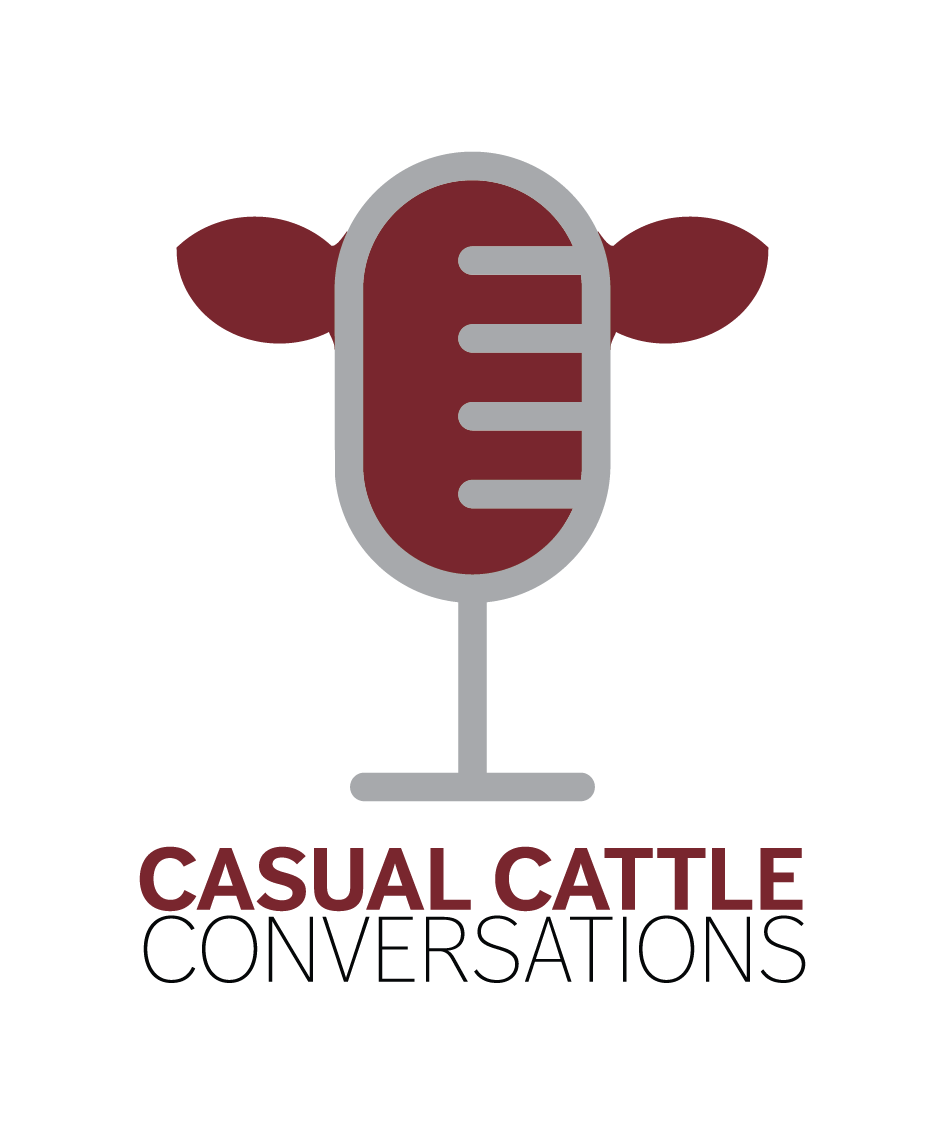Tips to Improve Conception Rates in Young Cows
Watching heifers turn into young cows is exciting to witness. Watching them turn into mature, reliable cows is even more rewarding. But what happens between those first two breeding seasons is crucial to ensuring the females of your herd have a chance to become the mature cows you love brag about.
Karla Wilke – Cow/Calf and Stocker Cattle Extension Specialist for the University of Nebraska-Lincoln – shared her expert insight on how ranchers can increase the re-breeding success rate for their young cows on the Casual Cattle Conversations podcast.
“There’s a lot of money and time invested in developing or buying bred heifers. If she comes up open with that second calf then the loss of that calf and depreciation on that cow is expensive,” says Wilke.
Every cow whether mature or young has different energy needs for basal metabolism, growth, lactation and reproduction.
“Way down on the bottom of her list is to start cycling again and maintain pregnancy. That tends to be higher up on our list as ranchers. She can only meet that need if these other needs have been met first,” says Wilke.
Young cows are considered high-risk females because they have the most energy needs to be met compared to their older or younger herd mates. Heifers are not lactating during their first breeding season and mature cows are done growing. Young cows chasing the second calf are doing both of these on top of trying to meet their basal metabolism needs and reproduce.
With feed resources being one the top if not the top input costs for ranchers, it might be tempting to avoid ‘babying’ the heifer and sorting out the ones who can survive the environment.
Wilke says, “I always challenge people to ask if they are babying the heifer, meeting her needs or setting her up for failure.”
Ranchers can work with a nutrition expert in their area to learn what the nutrient requirements of their heifers are and if their current feed sources can meet those. It’s also the possibility that producers could’ve been purchasing bulls who produce females with higher nutrient demands for growth and lactation. It is important to consider what types of cattle your environment is best suited for to avoid extreme increases in feed input costs.
In addition to having more energy needs, young cows are also at a disadvantage with their rumen size. “Understand that she has a smaller rumen than a mature cow. She’ll need higher quality and highly digestible feeds to take in and convert to nutrients,” says Wilke.
This is especially important during the last month of calving when the calf takes up more room and limits her rumen capacity even more.
Strategies ranchers can consider to meet the requirements of these high-risk females include keeping young cows separate from older cows. This reduces competition over feed resources and allows young cows to go back later in the day to finish eating and accommodate their smaller rumen size. This also allows ranchers to supplement only the group of cows who need it as opposed to the entire herd which can save on feed expense.
Karla reminds ranchers that it is easier to build up a body condition score cushion prior to lactation than after. Making sure heifers are at a BCS of 6 the month before calving helps increase breeding success even if she loses reserves or is faced with drought conditions.
When it comes to drought, delayed turnout is usually the response. If heifers are already low on reserves, this can create immense challenges for them to rebreed. If feed resources are a major concern, there are other options to think through. Karla says, “Another thing to do is think through if there are some older cows to cull to save feed resources for the younger cows.”
At the end of the day your young cows are the future of your herd. As ranchers it is our responsibility to set them up for success by starting with genetic selection and providing adequate feed resources.

